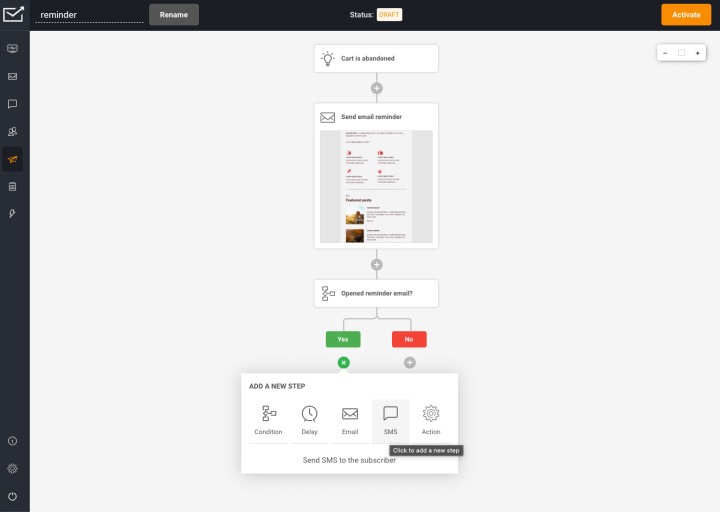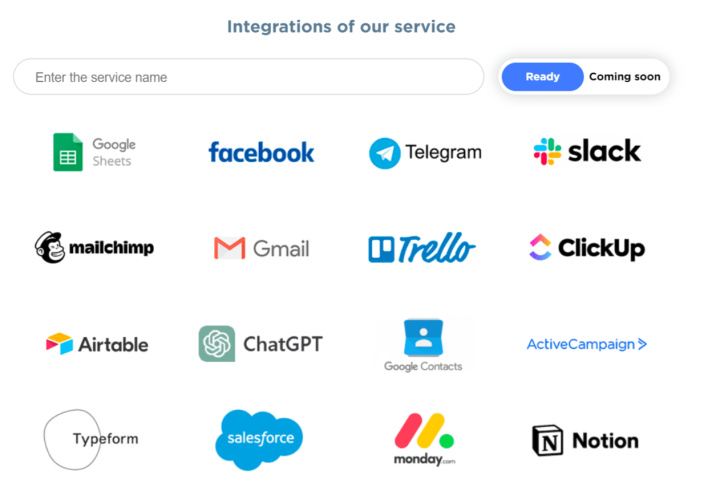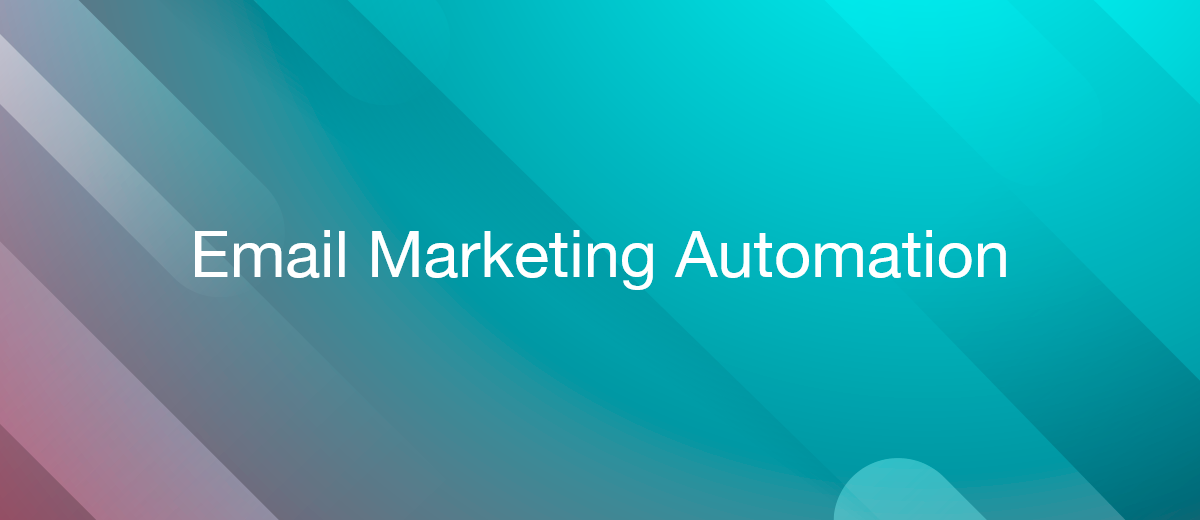How to Automate Your Email Marketing Campaigns and Boost Results
Email marketing is a powerful tool for generating leads and nurturing them into customers. According to Nielsen's Annual Marketing 2023 Report, 50% of marketers consider email a highly effective channel. A Barilliance study also shows that it's more effective than any other marketing channel — with an ROI of $38 for every dollar you spend. With the right strategies and tools, email automation can take your company to the next level. With that in mind, we'll cover four tips you can use to automate your email campaigns and boost your marketing results.
What Is Email Automation?
Email automation is using software to schedule and send automated emails to relevant customers at scale. The process involves segmenting subscribers based on specific traits or behaviors and sending targeted email campaigns to those groups.
With email automation, you can:
- Generate leads and nurture them into loyal customers with valuable content.
- Welcome new customers with onboarding email messages.
- Re-engage subscribers who stop interacting with your emails.
- Follow up with customers who abandoned their shopping carts.
How To Automate Your Email Marketing Campaigns
Email marketing tools can help you streamline your workflows, save time on repetitive tasks, and improve customer interactions. As a result, you’ll be able to offer recipients better experiences and convert potential customers into loyal brand ambassadors.
With that in mind, let’s look at four ways you can set up an email automation workflow so you can send effective email campaigns:
1. Choose a Reliable Email Marketing Software
The first step to automating your email marketing campaigns is to choose an email automation software. The Litmus State of Email report shows that 82% of businesses use automation tools for triggered emails, 56% for segmentation, and 67% for drip campaigns. This means that the right email service provider can help you create marketing campaigns that follow best practices to produce positive results.
There are numerous email marketing automation tools on the market today, and the key is choosing the software that can help you achieve your business goals. For example, Sender can be an ideal marketing automation software if you run a small business that needs an affordable platform to reach out to and engage your potential and existing customers.

You can create automated workflows such as:
- Welcome emails;
- Drip campaigns;
- Abandoned cart emails;
- Birthday and anniversary emails;
- Order and shipping confirmation emails.
Other effective email automation tools include:
- HubSpot — The platform includes a built-in email marketing automation software that collects subscribers’ details from the customer relationship management (CRM) system.
- Constant Contact — A platform for nonprofits to build email lists from scratch using signup forms.
- Campaign Monitor — A perfect email marketing tool that marketing agencies can use to create automated email workflows.
- Mailchimp — The software offers send-time optimization that helps you schedule your messages to be sent when recipients are most likely to open them.
- Moosend — It helps you A/B test your automated emails to ensure they're responsive and target your audience effectively.
2. Integrate Your Email Software With Other Business Tools
Email can only do so much on its own, but with the help of integrations, you can expand its capabilities to do more. With integrations, you can ensure your subscriber lists are constantly updated. You can also have in-depth data about each customer, which you can use in your email campaigns. For example, you may have customer data in your CRM tool or ecommerce platform.
By integrating these tools with your email marketing platform, the data becomes automatically available to help you:
- Segment your email lists;
- Add dynamic content to emails;
- Trigger automated email campaigns to recipients.
A platform like ApiX-Drive helps you set up the integration and link various services to automate and simplify your workflows. Some services you can integrate include CRMs, email and SMS automation tools, CMS systems, chatbots, and payment systems.

3. Segment Your Customer Base and Send Personalized Emails
A McKinsey report shares that 71% of consumers expect personalized interactions from your brand. And more than two-thirds will be disappointed if you don’t deliver. Segmenting your customers helps you send relevant and personalized messages to them, leading to high engagement.
The best way to personalize your emails is to add value to your subject lines and address the recipients' pain points in the email body. For example, instead of using generic personalization tactics like “[firstname] Get 50% off today” on your subject lines, you can highlight the value they'll get in your email, such as a special offer to help them achieve a particular goal. In doing so, you increase the value of your subject line and compel subscribers to click on your marketing emails.
4. Monitor Your Email Marketing Campaign Metrics
Monitoring your email campaign metrics — like open, click-through, and unsubscribe rates — lets you understand how subscribers engage with your emails. Without tracking these metrics, you won't know if your email marketing strategy is paying off. You also won't understand how your automated emails and other promotional messages resonate with customers.
That said, the Apple Mail Privacy Protection (MPP) policy and other privacy features have led to unreliable open rates. As a result, you should use other email metrics, like the conversion rate, to track and measure your email marketing efforts. Nevertheless, improved open rates could also indicate enhanced customer engagement, so you should still monitor this metric.
You can improve your open rates by:
- Testing your subject lines’ content, length, and tone.
- Testing the send day and send time (e.g., weekly vs. daily).
- Testing your email address and sender name (e.g., manager's name vs. business name).
You can also boost your click-through rate by:
- Not burying your call-to-action (CTAs) buttons. Use a different background color or text decorations to make them stand out.
- Creating more advanced segments so you can send relevant content to customers.
- Using personalization to spice up your email copy.
Key Takeaways
Email automation saves time on repetitive tasks and increases the efficiency and productivity of your marketing team. As a result, you'll have more time to serve customers and do other tasks that require attention. Automated email campaigns also boost your revenue and ROI by giving you the tools you need to engage your customers constantly.
In summary, you can set up an email automation system by:
- Choosing a reliable email marketing software.
- Integrating your email platform with other business tools to expand its capabilities.
- Segmenting your customers and sending them personalized and relevant messages.
- Monitoring your email marketing metrics to improve your marketing efforts.
Do you want to achieve your goals in business, career and life faster and better? Do it with ApiX-Drive – a tool that will remove a significant part of the routine from workflows and free up additional time to achieve your goals. Test the capabilities of Apix-Drive for free – see for yourself the effectiveness of the tool.

